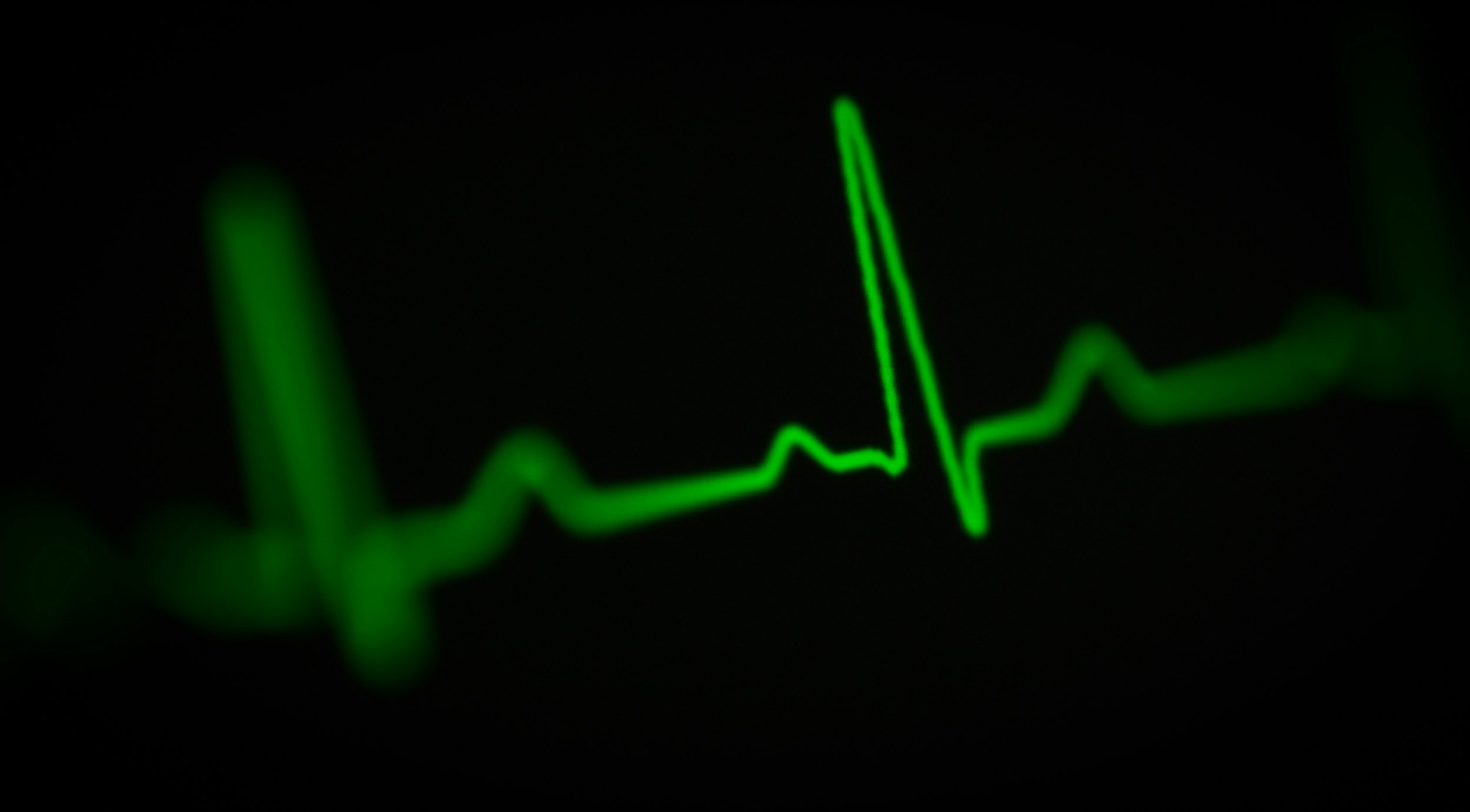
What Is an Internal Defibrillator (ICD) and Are They Safe?
An Implantable Cardioverter Defibrillator (ICD) is a small, life-saving device designed to monitor and correct dangerous heart rhythms. Often compared to a pacemaker, an ICD is used to prevent sudden cardiac arrest by delivering electrical therapy directly to the heart when needed. For individuals at risk of ventricular tachycardia or ventricular fibrillation, an ICD can be a critical tool in managing heart health and preventing fatal outcomes.
In this article, we’ll explore what an ICD is, how it works, who might need one, what the procedure involves, and whether it is safe.
What Is an Implantable Cardioverter Defibrillator (ICD)?
An internal defibrillator, or ICD, is a medical device implanted under the skin near the collarbone. It continuously monitors the heart’s rhythm and can deliver electrical shocks or pacing therapy if a life-threatening arrhythmia is detected. Unlike pacemakers, which are primarily used to treat slow heart rhythms, ICDs are specifically designed to address dangerously fast or irregular heartbeats that can lead to cardiac arrest.
Who Needs an ICD?
ICDs are typically recommended for two main groups of patients:
1. People Who Have Already Experienced Life-Threatening Arrhythmias:
Ventricular tachycardia (VT): A rapid heartbeat that starts in the heart’s lower chambers.
Ventricular fibrillation (VF): A chaotic heartbeat that prevents the heart from pumping effectively, often resulting in sudden cardiac arrest.
2. People at High Risk of Future Heart Rhythm Problems:
Patients with a history of heart failure, reduced ejection fraction, or inherited heart conditions such as long QT syndrome or Brugada syndrome.
Individuals with prior heart attacks or cardiomyopathy that weaken the heart muscle and increase arrhythmia risk.
A specialist cardiologist will carefully assess your individual risk based on tests, medical history, and overall heart function.
How Does an ICD Work?
An ICD constantly monitors your heart's electrical activity via leads placed inside the heart chambers. If a dangerously fast or irregular heartbeat is detected, the ICD responds in one of two ways:
Anti-Tachycardia Pacing (ATP):
The ICD attempts to reset the rhythm by sending a series of small, rapid pulses to interrupt the abnormal rhythm without delivering a shock.
Defibrillation Shock:
If ATP is unsuccessful or the rhythm is more severe, the ICD delivers a controlled electric shock to restore a normal heartbeat.
This process typically happens within seconds of rhythm detection and can be life-saving.
ICD Implantation Procedure
What to Expect:
The procedure is similar to a pacemaker implant and usually takes around one hour.
It is performed under local anaesthesia with conscious sedation.
The ICD is implanted just under the skin, below the collarbone.
One or more leads are inserted through a vein into the heart and connected to the device.
Recovery:
Patients typically go home within 24–48 hours.
A full recovery usually takes 1–2 weeks, though you may need to avoid heavy lifting and strenuous activities for a short period.
Life After an ICD: What to Know
Living with an ICD is generally safe and allows most people to resume a normal lifestyle. However, there are some important considerations:
Work and Lifestyle Adjustments:
Some physically demanding or high-risk jobs may not be suitable after ICD implantation.
You may need to inform your employer and review work duties with your doctor.
Driving Restrictions:
In many countries including the UK, driving is restricted for a period following ICD implantation or after receiving a shock. You must notify the DVLA.
Daily Life Considerations:
Most household electronics and appliances are safe.
Avoid close or prolonged exposure to strong magnetic fields, such as those from MRI machines (unless your ICD is MRI-compatible).
Always carry your ICD identification card.
Are ICDs Dangerous?
ICDs are generally very safe and reliable. However, as with any medical device, there are potential risks and side effects, including:
Infection at the implant site
Lead displacement or mechanical failure
Unnecessary shocks, although modern devices are designed to minimize this
Psychological impact, such as anxiety about receiving a shock
These risks are relatively low, and specialists will thoroughly evaluate the benefits vs. risks before recommending the procedure.
Are ICDs Worth It? Patient Perspectives
Many patients view their ICD as a form of insurance—a safety net that gives peace of mind. While no doctor can predict with absolute certainty whether someone will experience a life-threatening arrhythmia, having an ICD offers constant protection should one occur.
Knowing that the device is monitoring your heart 24/7 can help reduce anxiety and empower patients to live more confidently.
Key Takeaways
ICDs are life-saving devices that treat dangerous heart rhythms such as ventricular tachycardia and ventricular fibrillation.
They are recommended for people who have had or are at high risk for cardiac arrest.
ICDs monitor the heart in real time and can deliver pacing therapy or shocks as needed.
Implantation is a low-risk, outpatient procedure performed under local anaesthesia.
Life after an ICD can be normal, though some lifestyle and driving modifications may be required.
FAQs
-
The two devices look very similar, but a pacemaker helps regulate slow heart rhythms, while an ICD is designed to detect and correct dangerously fast heart rhythms. Some ICDs also have pacemaker functions built-in.
-
Yes, most people with an ICD can live a full and active life. However, certain adjustments to physical activity, driving, and employment may be needed. Regular follow-ups are essential.
-
The implantation procedure is not painful as it is done under local anaesthetic with sedation. Some patients feel minor discomfort at the implant site during recovery. If a shock is delivered, it may feel like a strong thump or jolt in the chest.
-
Yes, microwaves and mobile phones are safe to use. Just avoid holding mobile phones directly over the device and maintain at least a 6-inch distance.
-
Some people never experience a shock, especially if their condition is well-managed but it depends on the reason the ICD was implanted. ICDs also attempt anti-tachycardia pacing (ATP) first to avoid a shock whenever possible.
-
ICD batteries typically last 5 to 10 years, depending on how often the device delivers therapy. When the battery runs low, a simple procedure is done to replace the pulse generator.
-
Yes, you can safely travel and fly with an ICD. Carry your ICD identification card and inform airport security staff. Most ICDs are not affected by security scanners.
-
Yes, driving is often restricted for up to 6 months after ICD implantation or after receiving a shock. Your doctor will advise based on your condition and local driving laws.
-
Yes, in fact, certain types of ICDs, such as biventricular ICDs (CRT-Ds), are specifically designed for people with heart failure to improve heart function and reduce sudden cardiac death risk.
-
Most patients go home within 24–48 hours of the procedure, and recovery is relatively quick. Full activity can usually resume within a few weeks, depending on your individual case.
want a second opinion on your Abnormal heart rhythm?
If you are worried about having an ICD implanted, Dr Li would be delighted to see you in clinic and give you an expert opinion.

